Grodno was the only Polish town in the Borderlands that put up such a hard and determined resistance to the invaders. The Soviets planned to take it from the march on September 20, 1939. Not only did they fail, but also suffered significant losses in the fight against the Poles.
In 1939, Grodno was a district and garrison town as well as an important cultural center in the Borderlands. Poles constituted about 60% of almost 60 thousand. residents. Mostly situated on the right bank of the Nemunas, it was connected with its other part by two bridges:road and rail.
Soldiers and volunteers
On September 20, there were two infantry battalions and several smaller units in Grodno, as well as military and police units. The military was greatly supported by a large group of civilians, mainly scouts and state officials. It is estimated that the city was defended by a total of about 2–2.5 thousand. soldiers and volunteers.
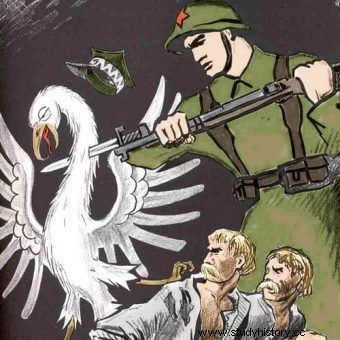
Soviet propaganda poster from September 1939 (source:public domain; RK colorization).
Poles lacked anti-tank weapons . All our artillery was made up of two excellent 40 mm Bofors anti-aircraft guns. Instead, a large supply of bottles filled with a mixture of gasoline and kerosene was accumulated.
Soviets on the outskirts of the city
The Soviets considered Grodno to be a heavily armed fortified area and therefore allocated considerable forces to capture it from the 15th Armored Corps of the 11th Army. However, due to the mess in the Soviet command structure and problems with supplies, the city was to be temporarily attacked by "only" the 27th Armored Brigade. Also in the unit of 146 tanks and 11 armored cars, due to lack of fuel, only half of the vehicles were ready for action.
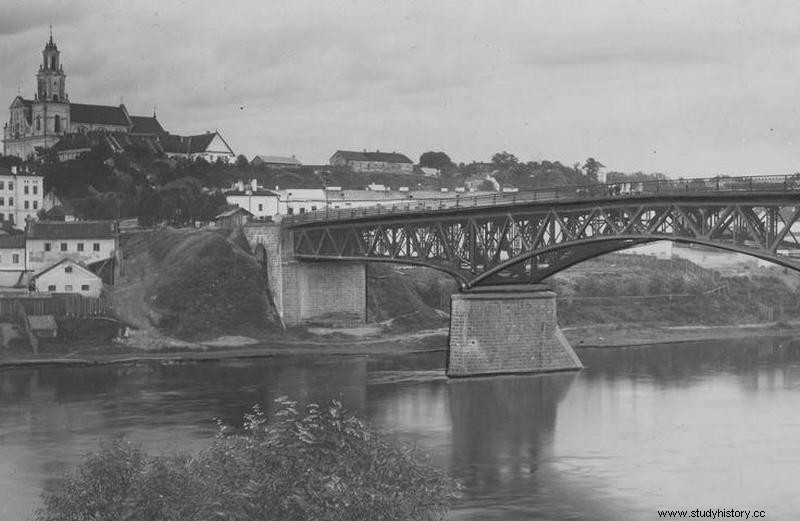
Panorama of Grodno and the Józef Piłsudski wheel bridge. It was there that a "warm" welcome awaited the Soviets (source:public domain).
The reconnaissance battalion from 27 BPanche was the first to approach the city. Eleven Soviet tanks drove imperceptibly onto the road bridge from the south. It was only during the crossing that a strong fire from Polish small arms and machine guns hit them that one of the Bofors knocked. An accurate missile ignited the car with the radio. The Soviets broke through, but in the heat of the battle the commander stopped controlling the actions of his subordinates and chaos broke into their ranks. Even so, the tanks stubbornly moved towards their targets.
Pogrom of reconnaissance battalion
The defense turned out to be extremely effective. The first tank was burned with gasoline bottles, the second one was destroyed with Bofors shells. The rifle fire severely damaged the armored car.
Soldiers and middle school students have started a real tank hunt. One of them has been traced on the tracks of caterpillars. Cadet. Hlebowicz shot a Soviet driver's head visible in the opened viewfinder with his hunting rifle. The car, surrounded on all sides, was set on fire with Molotov cocktails. The next tank was destroyed when grenades were thrown inside through the open hatch.
During the fighting, the Soviet infantry also approached the city and tried to cross the Niemen. The Red Army soldiers found themselves in the cross fire of Polish heavy machine guns and withdrew, leaving many dead and wounded on the battlefield. According to Polish reports, all tanks from the reconnaissance battalion were destroyed in the city . The Soviets admitted the loss of 4 tanks, an armored car and a car with a radio station. However, there were also many dead and wounded on our side.
Poles night tours
As time passed, the rest of the 27 BAN units arrived. In the afternoon, there were already three armored battalions near Grodno and the remnants of a reconnaissance battalion, over 65 tanks in total. Infantry units and artillery were pulled up, which began to destroy Polish positions. The firing was very accurate as it was guided by members of the communist militia from Grodno.
Poles also received support in the form of the 101st and 102nd Uhlan Regiments and the 103rd Regiment of Light Cavalry from the "Wołkowysk" Group. General Wacław Przeździecki, who took the position of the city defense commander, arrived with the cavalrymen. The darkness of the night did not stop the fighting. Soldiers from both sides made small forays to the other side of the river. Poles achieved a lot of success in these actions.
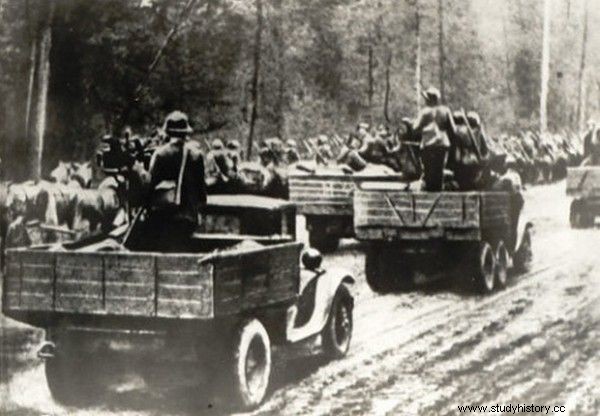
Red Army soldiers on the way to Grodno, which were planned to be taken from the march (source:public domain).
For example, one of the squadrons of the 102nd Uhlans' regiment smashed a Soviet post at the bridge and temporarily rejected the Soviets from it. Another group of a few of our soldiers, fluent in Russian and armed with large amounts of grenades, attacked the enemy units pulling the road from the Skidel. At that time, the Poles caused a lot of confusion in the enemy ranks.
Second assault crash
The Soviets, however, consistently strengthened their forces. More units from the 15th Armored Corps and the first units from the 6th Cossack Cavalry Corps appeared. On September 21, between 4.00 and 4.30, after a strong artillery preparation, the Soviet infantry, supported by tanks.
Two Soviet battalions attacked the Polish riflemen from the south-east. The defenders took advantage of the gap in the enemy's ranks and went to his rear. Two Polish companies committed a real pogrom. In panic, the soldiers began to abandon their weapons and flee the battlefield . Only the intervention of Soviet tanks and armored cars rejected Polish soldiers and saved both battalions from imminent extermination.
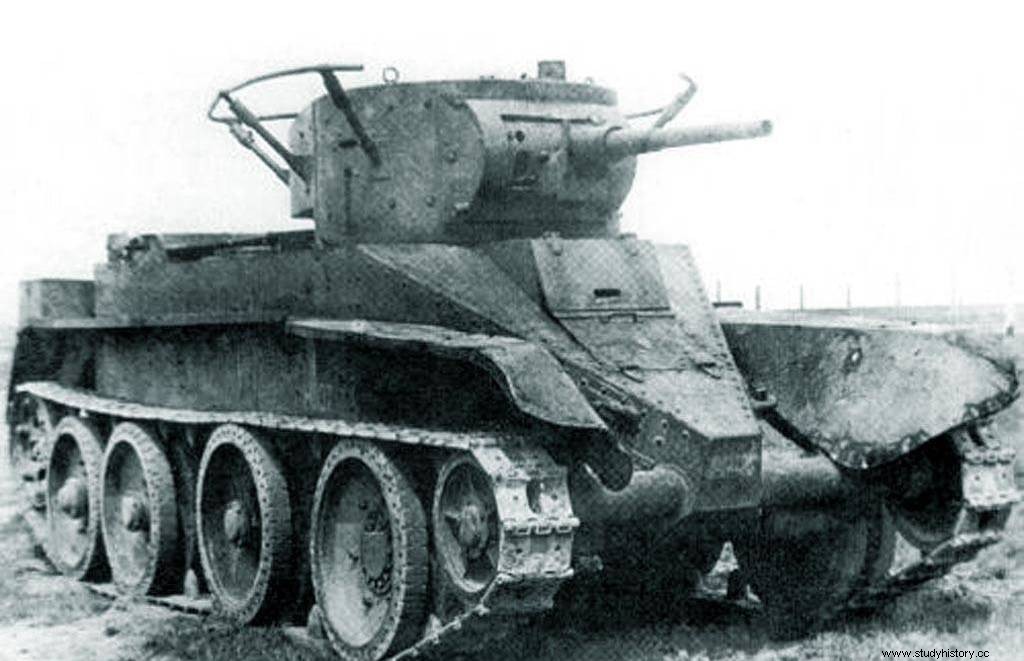
BT-5 tank. It was, among others, such cars that took part in the battles for Grodno (source:public domain).
Soviet tanks charged over the road bridge again, this time from the 6th Cavalry Corps. His commander, Komdiv Jeremenko, personally led the soldiers into the fight and had to evacuate twice from tanks damaged by Poles. In the third, he was wounded, and the Soviet attack on the bridge broke down.
The invader brutality
Despite significant successes, the defenders of Grodno were gradually pushed out of their positions, and the fighting moved to the city center. The Soviets used various methods to break the fighting spirit of the Poles. Tank crews have been observed to attach children to armor as "living shields" on at least a few times.
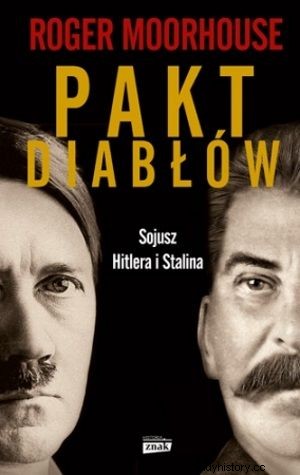
Among them was 13-year-old Tadzio Jasiński, who tried to burn the enemy tank. Unfortunately, he was captured, tortured and tied to the turret of a tank. Salvaged by the Poles, he died in his mother's arms. Before her death, the desperate woman, also moved by her son's bravery, managed to say to him: Tadzik, be happy! The Polish army is back! Uhlans with banners! They sing!
The Soviets "conquer" Grodno
The Poles slowly withdrew and made their way towards the border with Lithuania. At night, resistance was raised only in the area of the old royal castle and in the buildings of the vocational school complex and barracks. With the onset of dawn, the soldiers finally left their positions. Two actual defense commanders also left the city:Major Serafin and Roman Sawicki, vice-president of Grodno.
Meanwhile, the Soviet command was not aware of this. The units storming the city were withdrawn, fuel and ammunition were replenished. A general attack with all available forces and means is planned for September 22. The Red Army soldiers, who then entered the city, encountered only slight resistance from the few defenders.
In the book "Devil's Pact", Roger Moorhouse wrote that: Polish defense against the Soviet invasion was usually improvised. And it was the same in the case of Grodno, but the makeshift brought excellent results. The exact losses of the Soviets are unknown.
.
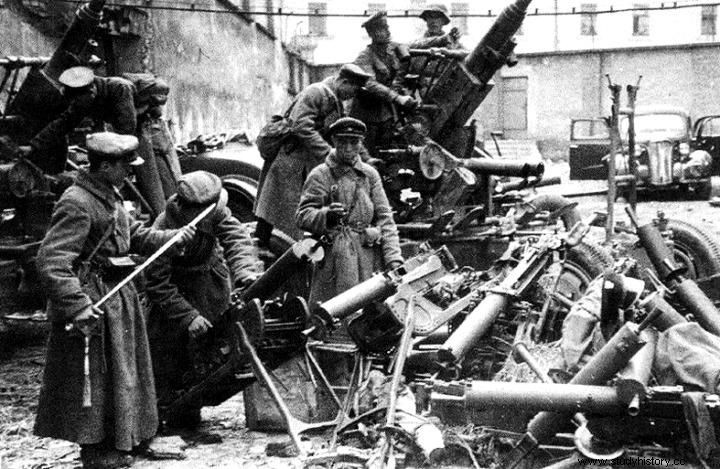
The Soviets are examining the captured weapons. The photo was probably taken in Grodno (source:public domain).
They themselves admitted that 53 soldiers had died, 161 were wounded, and in addition 19 tanks and 3 armored cars were destroyed. In the light of Polish reports, it seems that these numbers are greatly underestimated.
The crimes of the second invader
The Soviets took about 1,000 prisoners of war. Officers were murdered on the spot . According to the already mentioned Roger Moorhouse, the main reason for this was the instinctive hatred of Red Army soldiers towards the Polish officer corps, identified with the Catholic nobility .
About 300 defenders were shot - soldiers and residents - including teenage boys . An unknown number of Poles were run over by tanks in the eastern part of the city.
Underlining the heroism of the defenders, General Władysław Sikorski called them in December 1941 new eagles. On September 14, 2009, President Lech Kaczyński posthumously awarded Tadzio Jasiński with the Commander's Cross of the Order of Polonia Restituta.
